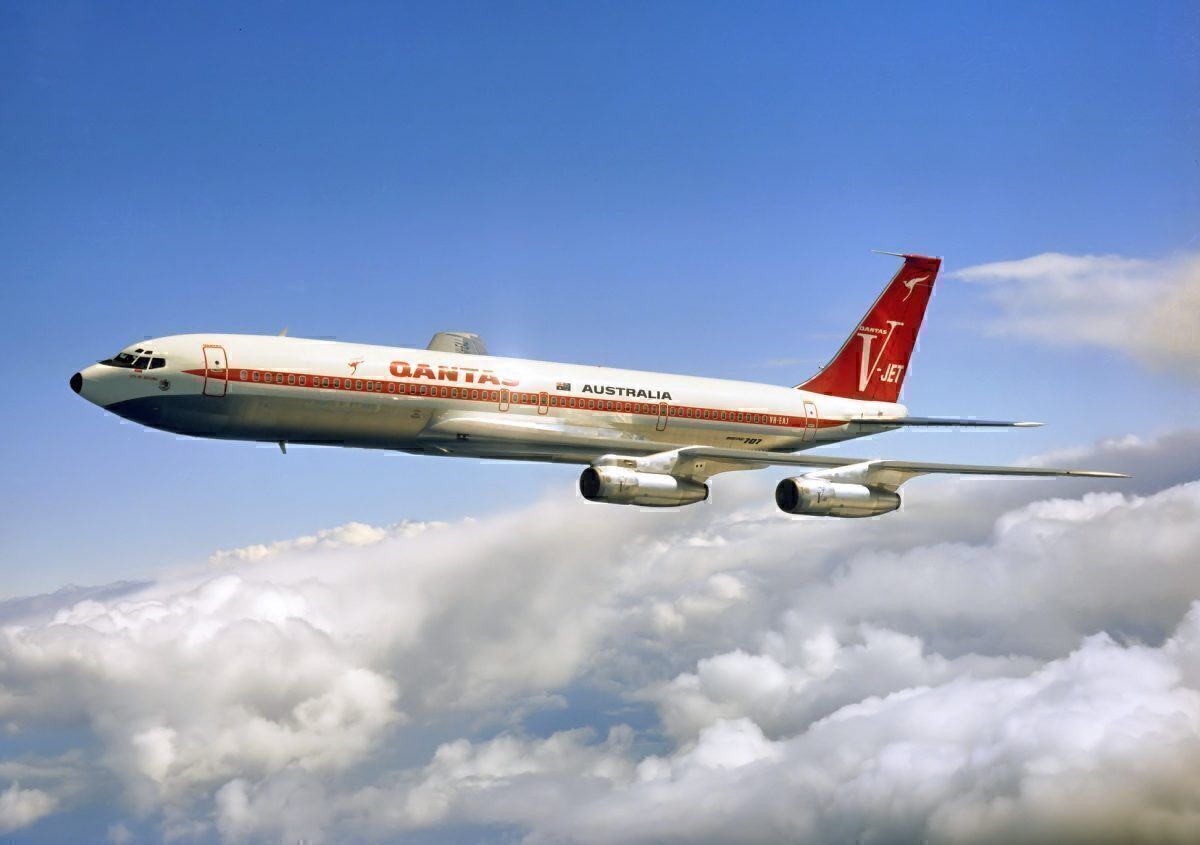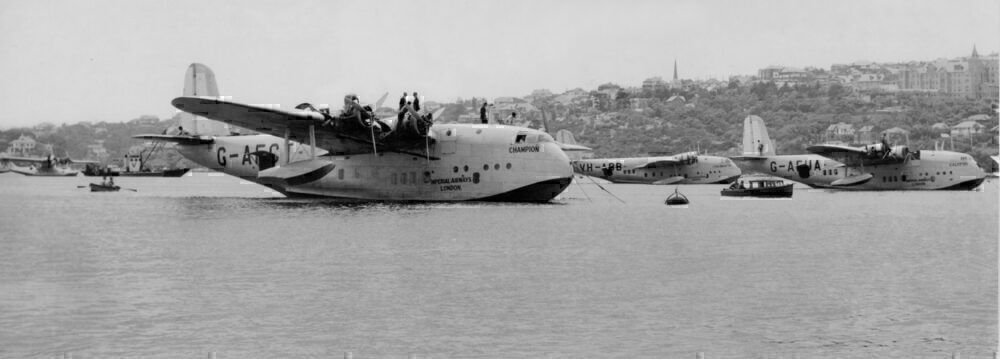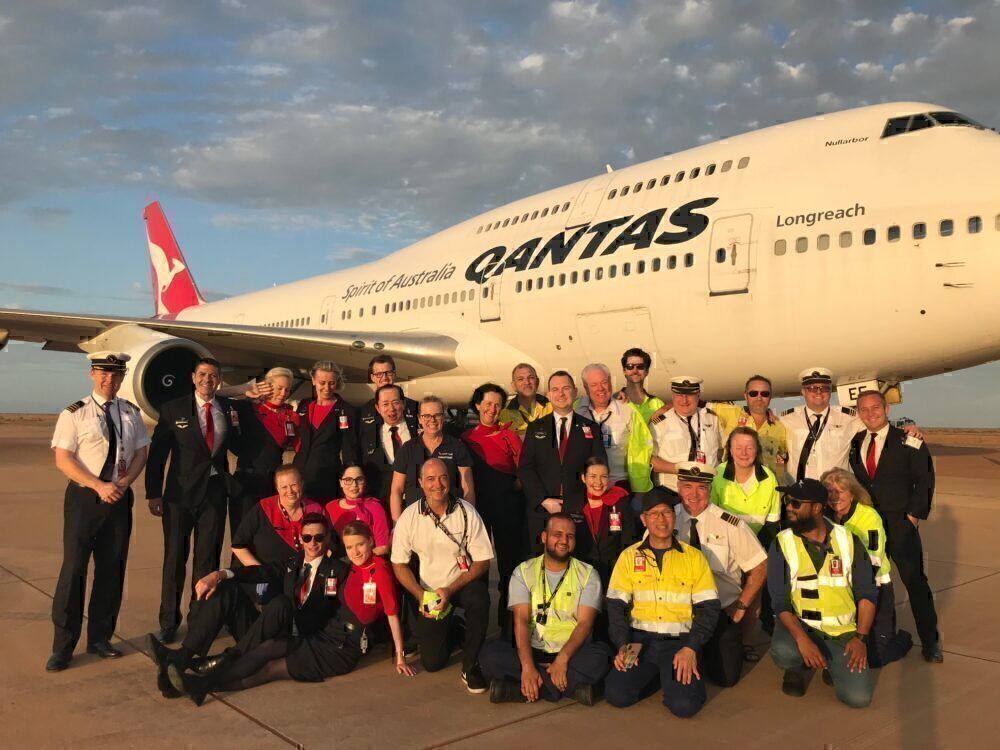In the space of 100 years, Qantas has gone from bi-planes to Airbus A380s. And there have been a lot of planes in between. Some haven't made much of a mark, others have made quite the splash. Despite wars, depressions, and one-off events that have altered history, Qantas has kept on bringing in new planes and kept growing.
Yesterday, Simple Flying reported on the early days of Qantas and the planes they used, specifically the first Avro bi-planes. Those planes were unusual in that they were Australian-made. But the aircraft manufacturing industry wasn't the cozy duopoly it is today, and it was far easier to fly up a new plane made in Melbourne than Seattle.
Qantas grew rapidly in its first couple of decades. Nineteen years after starting operations, Qantas was flying some of the most unusual planes of the 20th century.
Stay informed: Sign up for our daily aviation news digest.
Qantas' mid-century fleet of flying boats
Leading up to the middle of the 20th century, Qantas' most distinctive planes were its flying boats. By the late 1930s, Qantas had a Short Empire flying boat base at Sydney Harbour and was sending the planes up to Singapore. By the mid-1940s, the famous Catalina flying boats had replaced the smaller Short Empire boats.
In 1943, Qantas began sending the Catalina flying boats up to Ceylon from Perth. There it connected with BOAC services to London. That flight between Perth and Ceylon took up to 32 hours, saw the sun rise twice, and remains to this day the longest (time-wise) nonstop passenger flights ever operated.
Qantas in the jet age
One of the more distinctive planes Qantas has operated in the jet age was the Boeing 707. Qantas began flying them to the United States in 1959. Over the years, Qantas flew a variety of Boeing 707 models, retiring the last in 1979. But the airline remains best known for its own 707 variant. Six short-bodied Boeing 707-138Bs were made specifically for Qantas. They remained the only airline to fly the type.
For most of us, the classic Qantas aircraft was the Boeing 747. Between 1971 and this year, Qantas operated 65 of them. For 49 years, just shy of half the 100 years Qantas has been flying, they had the 747. The last one, VH-OEJ Wunala, left Qantas in July.
The jumbo overshadowed other stalwarts of the Qantas fleet also in service. The airline has been flying Boeing 737-800s since the early 2000s. Not seen much outside Australia and New Zealand, they remain the workhorse of the Qantas fleet. There's also the Airbus A330s. Qantas has 28 of them, fairly even split between A330-200s and A330-300s. The first, VH-QPA Kununurra, started flying for Qantas in 2003. A staple on Qantas' medium-haul flights into Asia, the A330s remain a favorite with many passengers.
Flying into the future
In addition to the 737-800s and A330s, Qantas has taken delivery of two other aircraft types this century. The first Airbus A380 entered into service at Qantas in September 2008, and Boeing's 787-9 Dreamliner began flying for Qantas in October 2017.
What's next on the horizon? Qantas planned to order a modified version of the Airbus A350-1000 plane earlier this year for Project Sunrise. That's temporarily on the backburner, but Qantas remains keen on the idea. A large number of single-aisle Airbus planes, including the Airbus A321XLR, were also due to start touching down over the next couple of years. That would have allowed Qantas to start retiring some of their older Boeing 737-800s. That order may get deferred or trimmed, with Qantas already declining to accept any new planes this year.
But while fleet renewal might get deferred, it cannot get put off forever. As the last 100 years attests, Qantas' fleet will keep evolving and changing no matter what happens in the wider world.



